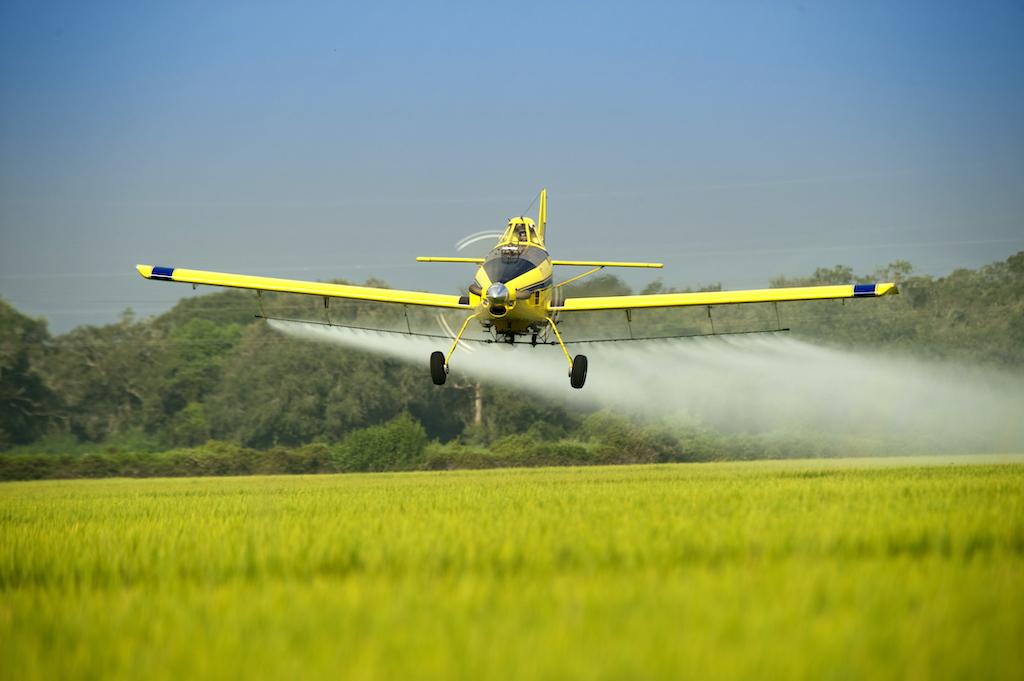
Credit: Air Tractor
A century after an Army pilot helped spread a powder of lead arsenate dust from a Curtiss biplane to stop a caterpillar outbreak—logging the first recorded aerial application flight in the U.S.—aviation remains a steadfast component of the agricultural economy. August marked the 100th anniversary of...
Subscription Required
This content requires a subscription to one of the Aviation Week Intelligence Network (AWIN) bundles.
Schedule a demo today to find out how you can access this content and similar content related to your area of the global aviation industry.
Already an AWIN subscriber? Login
Did you know? Aviation Week has won top honors multiple times in the Jesse H. Neal National Business Journalism Awards, the business-to-business media equivalent of the Pulitzer Prizes.
